Hovering house: Studio Vara's family home appears to rise from its Palo Alto plot

Creating a generous home for a 5-strong family in a relatively compact site, full of constraints – such as zoning laws and neighbour's rights of light – is a considerable challenge for any architect. However, it is one that Studio Vara took in their stride, when tasked with a similar project by a young Palo Alto couple.
The San Francisco based architects were ‘challenged to squeeze in a generous kitchen, living room, six bedrooms and seven bathrooms, plus a family room, office, gym and wine room into this tight envelope', explains the team, headed by Maura Fernandez Abernethy and Christopher Roach. Situated in a prominent corner plot of the Old Palo Alto neighbourhood, the residence is placed on the site's outermost corner, in order to preserve the rear yard for breathing space and garden.
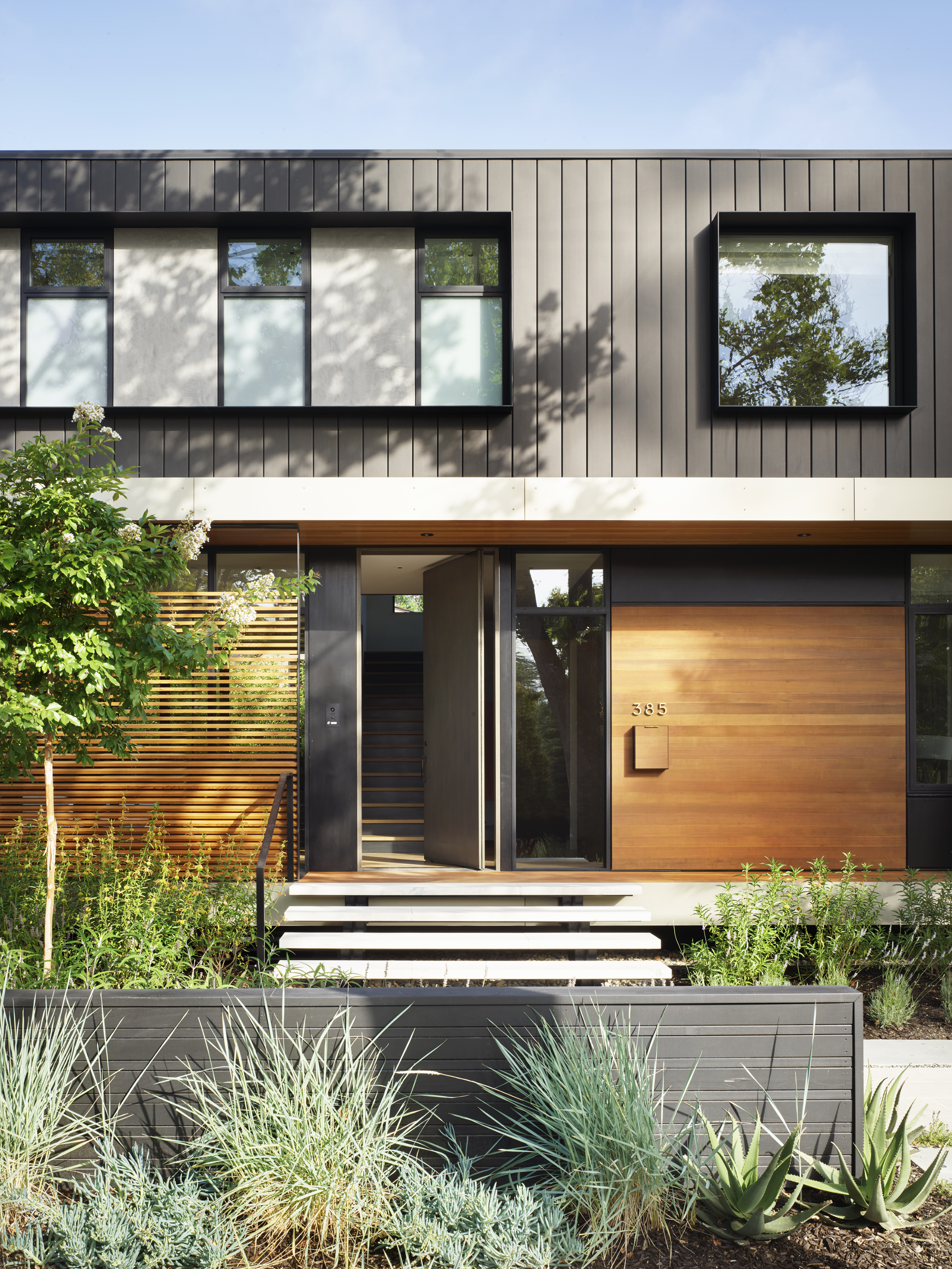
The ground level centres on a small, open air courtyard. This move, not only helps flood the interior with light, enhancing the open plan's airy feel, but also helps to blur the boundaries between inside and outside, bringing a little bit of the lush garden foliage in. Around it flows a sequence of kitchen, dining, and living areas.
A slender, transparent staircase leads up to the first floor, where bedrooms and bathrooms are located, in a more conventional series of independent spaces. A basement, generously lit by light wells and openings, completes the living spaces, hosting a family room, an exercise room and a guest bedroom. Combining comfort and lightness, the architects focused on finding the right balance between open and closed areas, different materials and volumetric compositions throughout the design.
‘From the street, the house appears to hover lightly above the ground, the effect of slightly elevating the first floor above grade and recessing the basement below decks and wing walls around the perimeter,' says the team. ‘Overall, the exterior reads as a composition of stacked volumes, an effect that is emphasized by giving each level a unique primary material: board-formed concrete for the basement, cedar and larch siding for the main level, and dark panelised zinc for the top floor.'



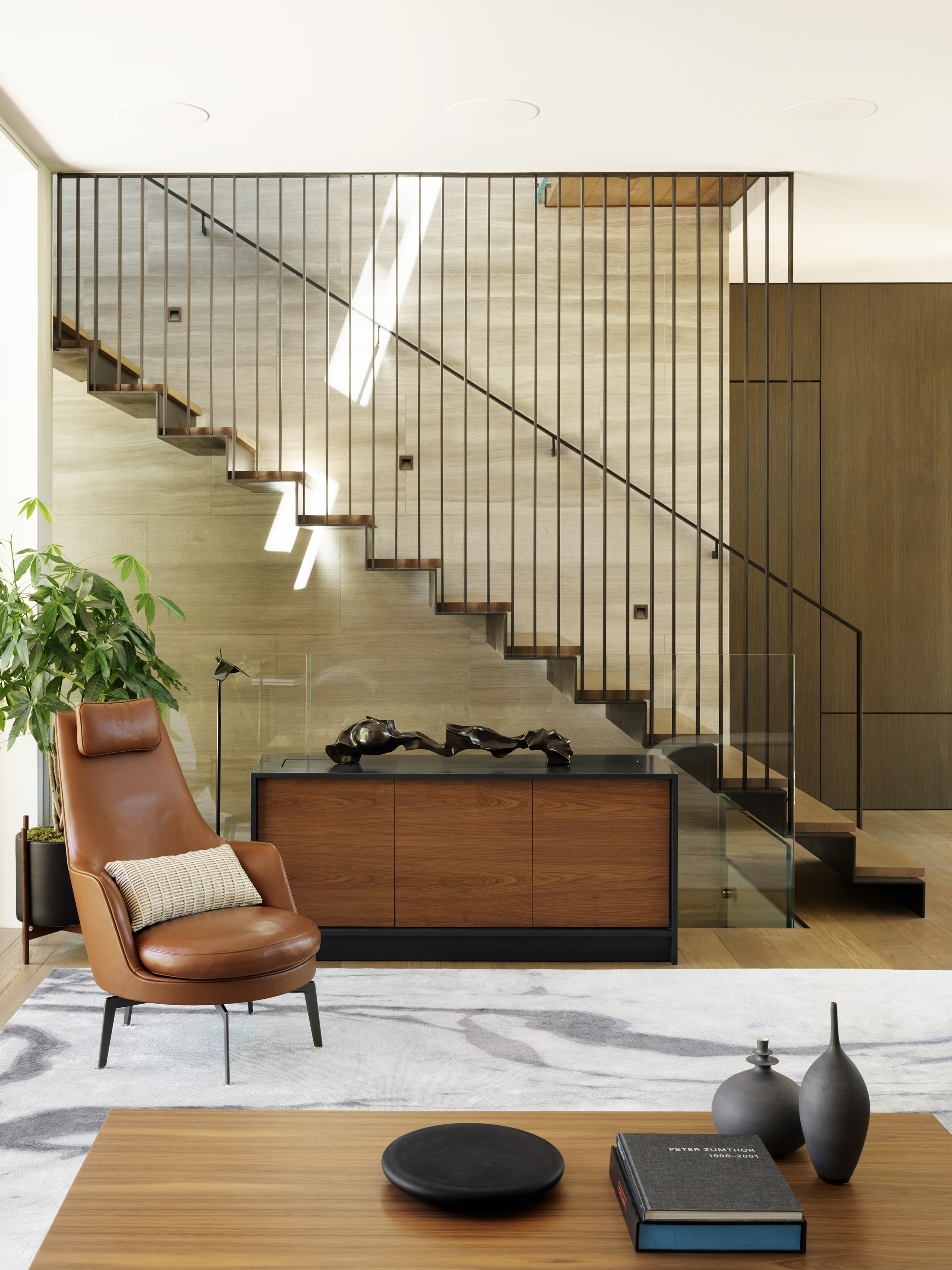
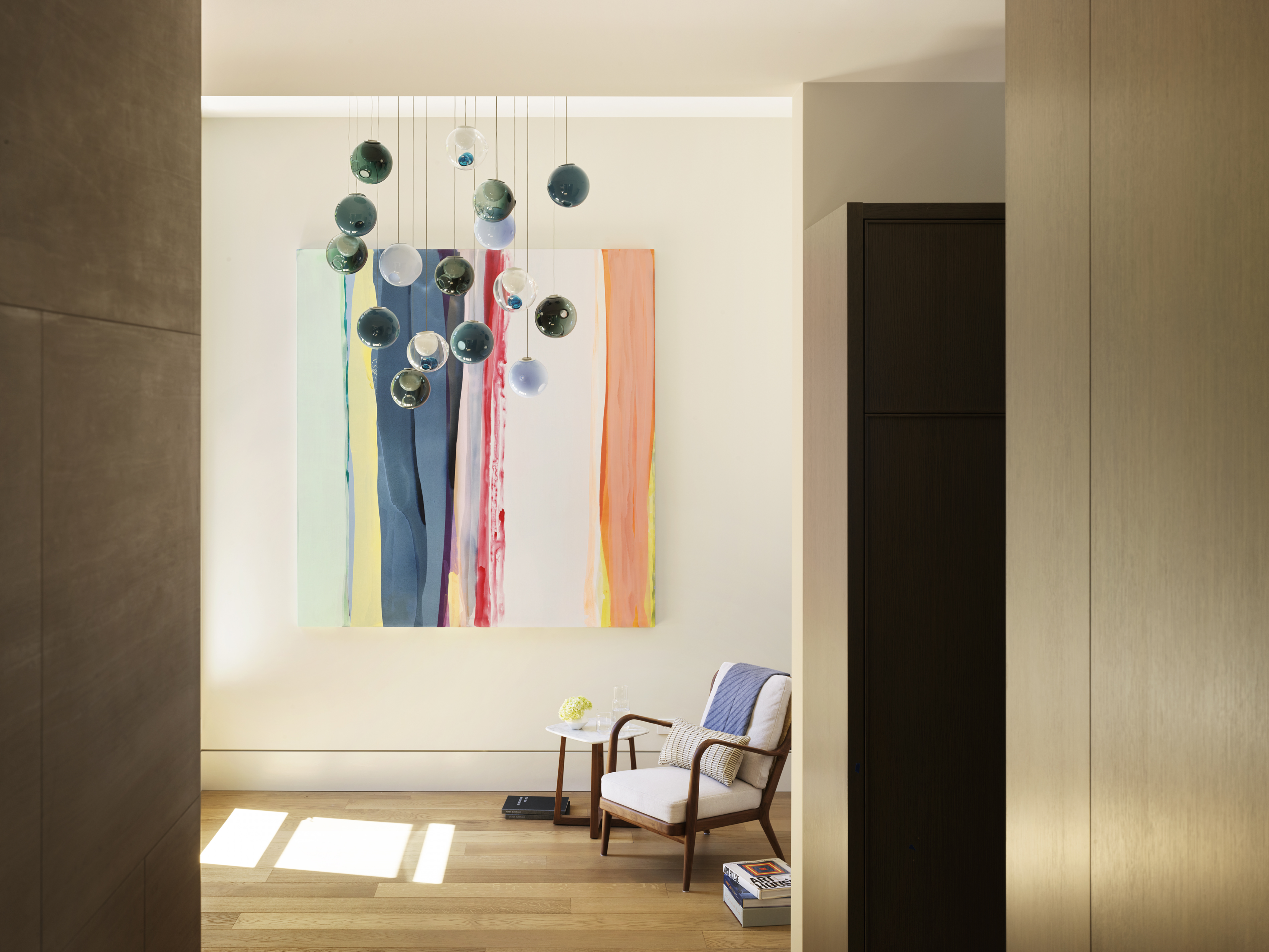

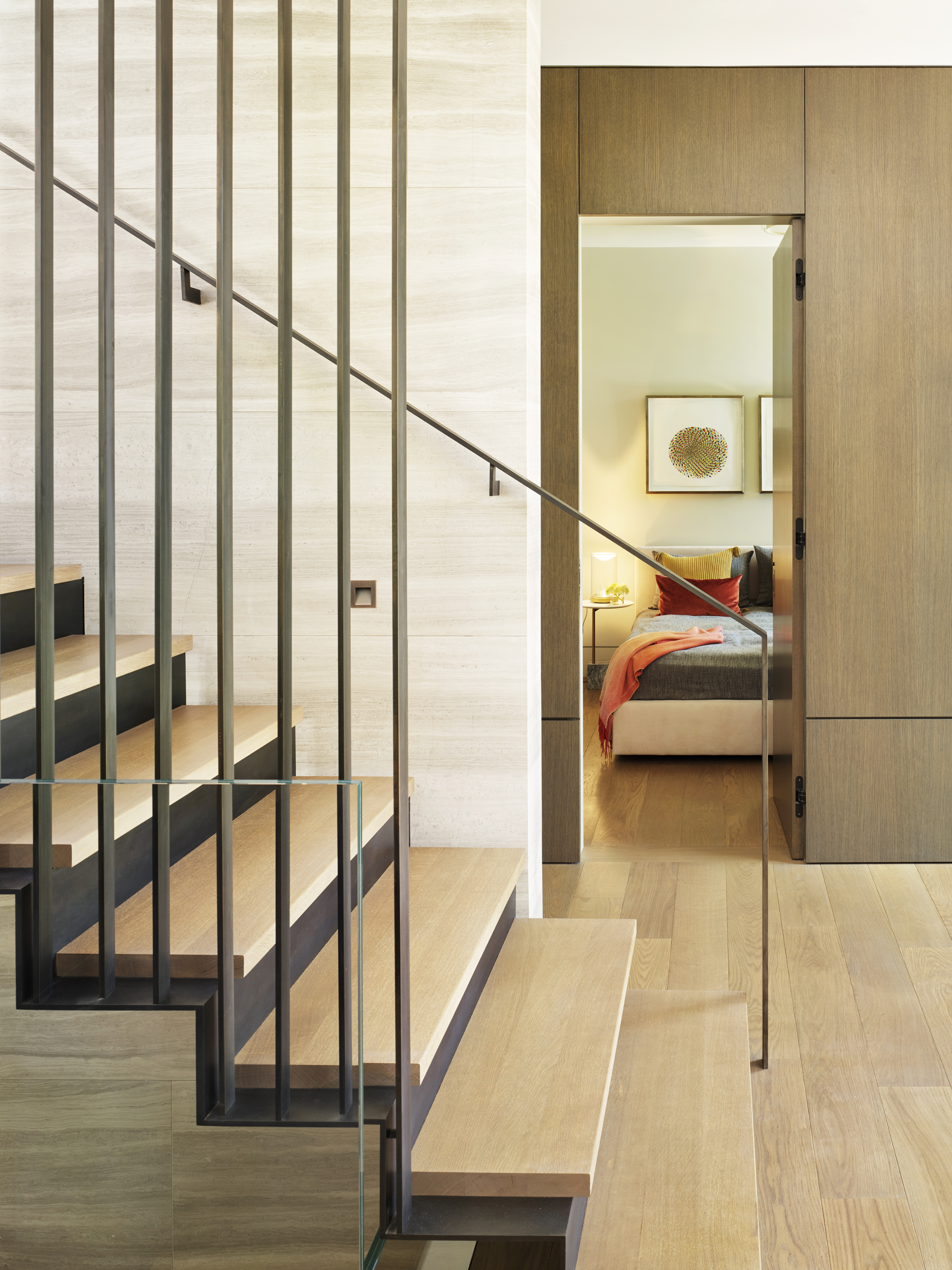

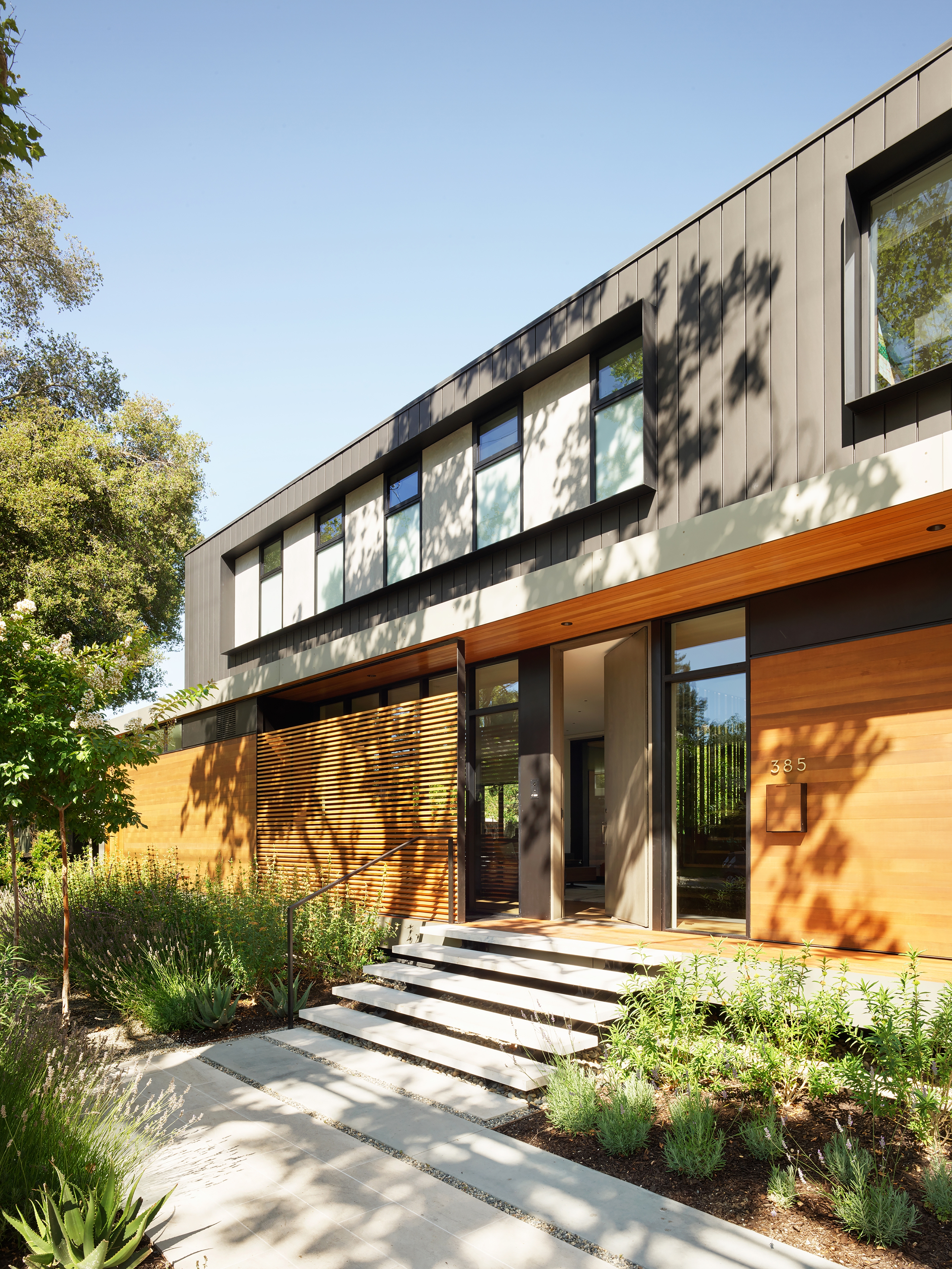

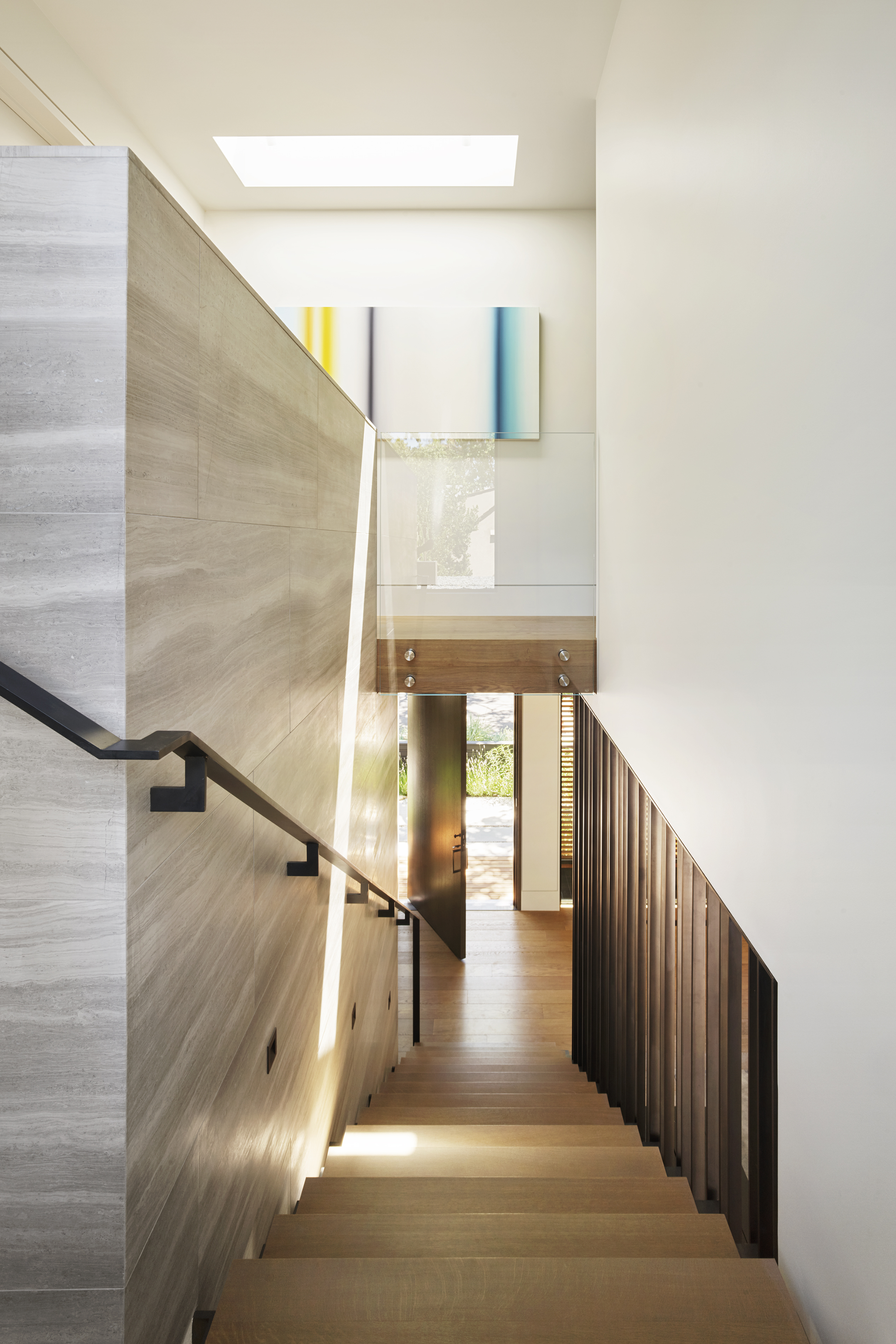
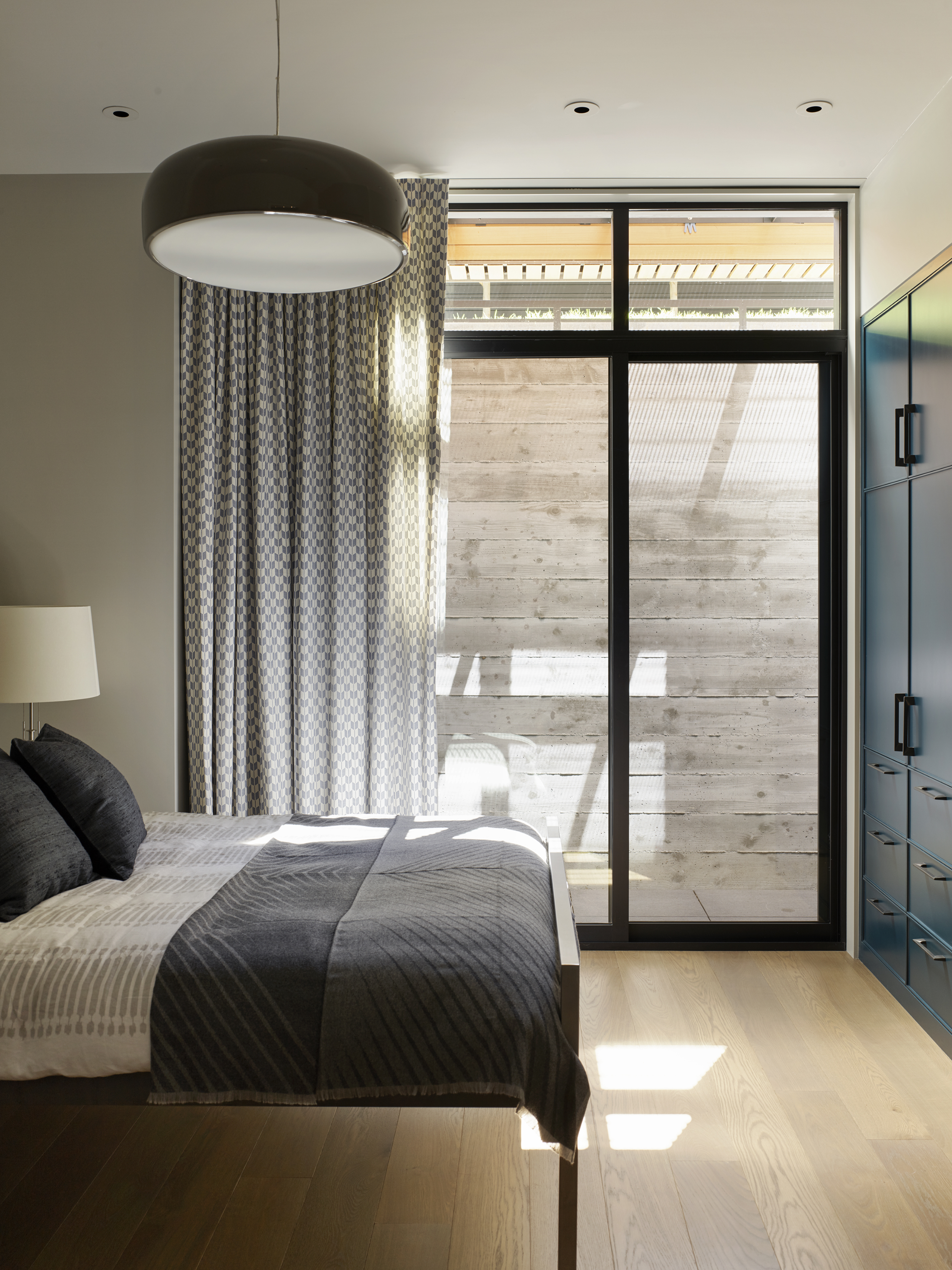
INFORMATION
Receive our daily digest of inspiration, escapism and design stories from around the world direct to your inbox.
Ellie Stathaki is the Architecture & Environment Director at Wallpaper*. She trained as an architect at the Aristotle University of Thessaloniki in Greece and studied architectural history at the Bartlett in London. Now an established journalist, she has been a member of the Wallpaper* team since 2006, visiting buildings across the globe and interviewing leading architects such as Tadao Ando and Rem Koolhaas. Ellie has also taken part in judging panels, moderated events, curated shows and contributed in books, such as The Contemporary House (Thames & Hudson, 2018), Glenn Sestig Architecture Diary (2020) and House London (2022).
-
 Click to buy: how will we buy watches in 2026?
Click to buy: how will we buy watches in 2026?Time was when a watch was bought only in a shop - the trying on was all part of the 'white glove' sales experience. But can the watch industry really put off the digital world any longer?
-
 Don't miss these art exhibitions to see in January
Don't miss these art exhibitions to see in JanuaryStart the year with an inspiring dose of culture - here are the best things to see in January
-
 Unmissable fashion exhibitions to add to your calendar in 2026
Unmissable fashion exhibitions to add to your calendar in 2026From a trip back to the 1990s at Tate Britain to retrospectives on Schiaparelli, Madame Grès and Vivienne Westwood, 2026 looks set to continue the renaissance of the fashion exhibition
-
 Step inside this resilient, river-facing cabin for a life with ‘less stuff’
Step inside this resilient, river-facing cabin for a life with ‘less stuff’A tough little cabin designed by architects Wittman Estes, with a big view of the Pacific Northwest's Wenatchee River, is the perfect cosy retreat
-
 Remembering Robert A.M. Stern, an architect who discovered possibility in the past
Remembering Robert A.M. Stern, an architect who discovered possibility in the pastIt's easy to dismiss the late architect as a traditionalist. But Stern was, in fact, a design rebel whose buildings were as distinctly grand and buttoned-up as his chalk-striped suits
-
 Own an early John Lautner, perched in LA’s Echo Park hills
Own an early John Lautner, perched in LA’s Echo Park hillsThe restored and updated Jules Salkin Residence by John Lautner is a unique piece of Californian design heritage, an early private house by the Frank Lloyd Wright acolyte that points to his future iconic status
-
 The Stahl House – an icon of mid-century modernism – is for sale in Los Angeles
The Stahl House – an icon of mid-century modernism – is for sale in Los AngelesAfter 65 years in the hands of the same family, the home, also known as Case Study House #22, has been listed for $25 million
-
 Houston's Ismaili Centre is the most dazzling new building in America. Here's a look inside
Houston's Ismaili Centre is the most dazzling new building in America. Here's a look insideLondon-based architect Farshid Moussavi designed a new building open to all – and in the process, has created a gleaming new monument
-
 Frank Lloyd Wright’s Fountainhead will be opened to the public for the first time
Frank Lloyd Wright’s Fountainhead will be opened to the public for the first timeThe home, a defining example of the architect’s vision for American design, has been acquired by the Mississippi Museum of Art, which will open it to the public, giving visitors the chance to experience Frank Lloyd Wright’s genius firsthand
-
 Clad in terracotta, these new Williamsburg homes blend loft living and an organic feel
Clad in terracotta, these new Williamsburg homes blend loft living and an organic feelThe Williamsburg homes inside 103 Grand Street, designed by Brooklyn-based architects Of Possible, bring together elegant interiors and dramatic outdoor space in a slick, stacked volume
-
 This ethereal Miami residence sprouted out of a wild, jungle-like garden
This ethereal Miami residence sprouted out of a wild, jungle-like gardenA Miami couple tapped local firm Brillhart Architecture to design them a house that merged Florida vernacular, Paul Rudolph and 'too many plants to count’